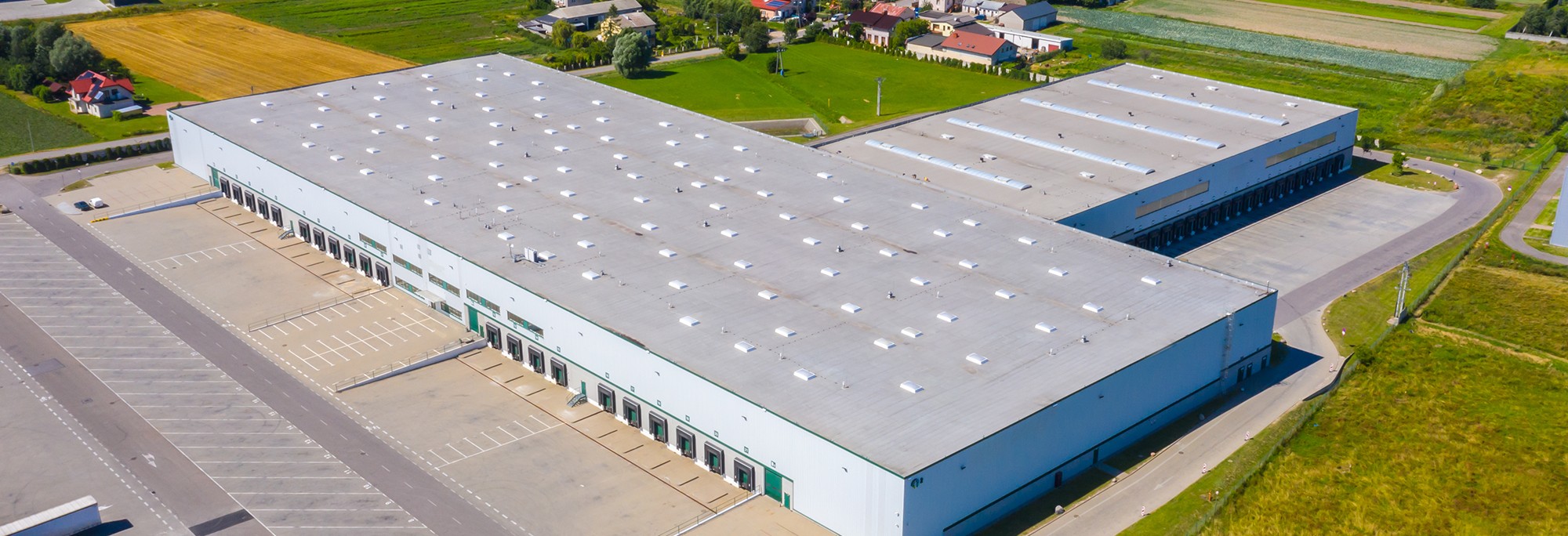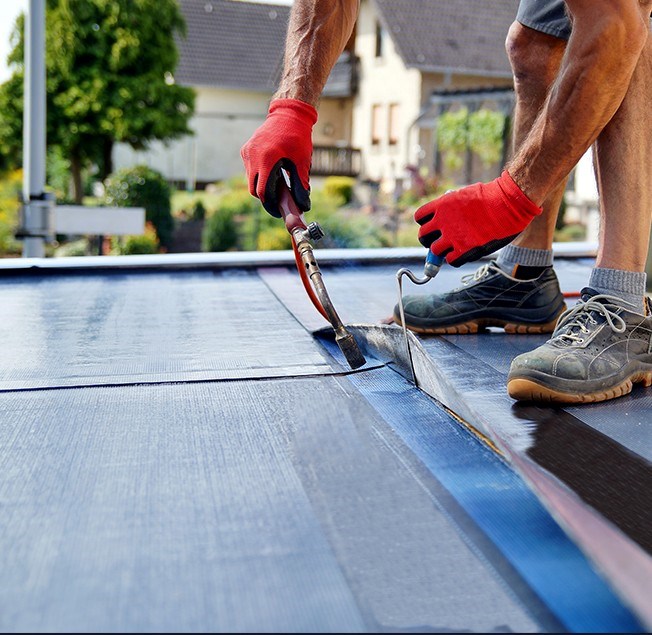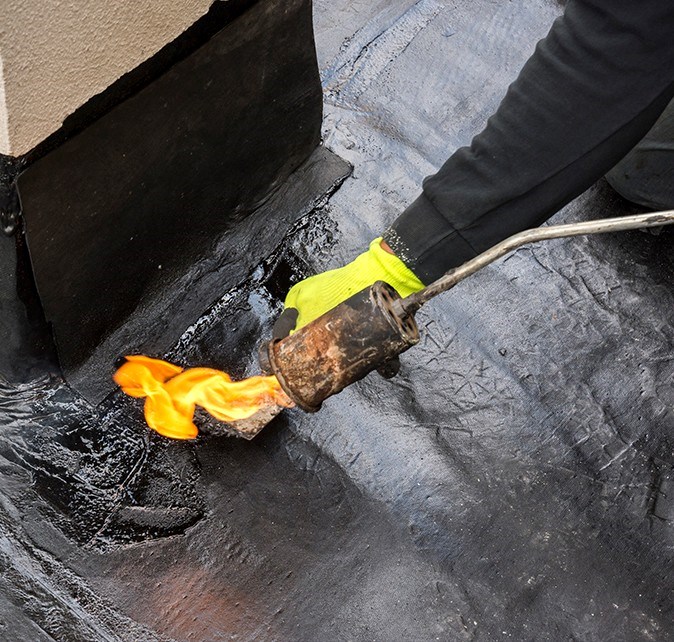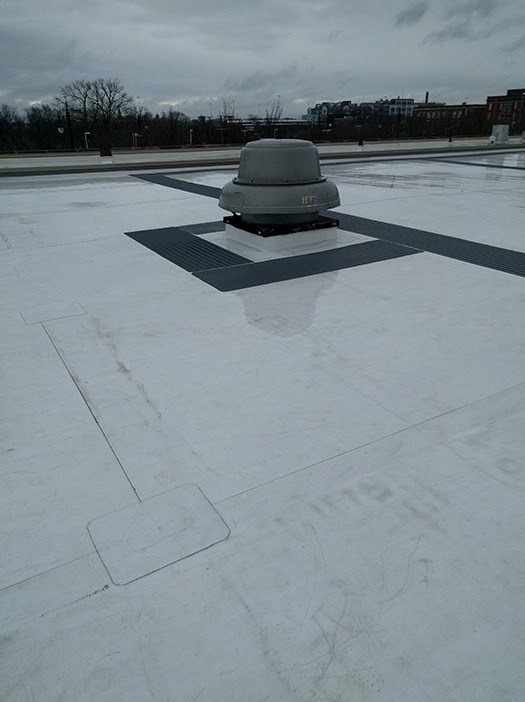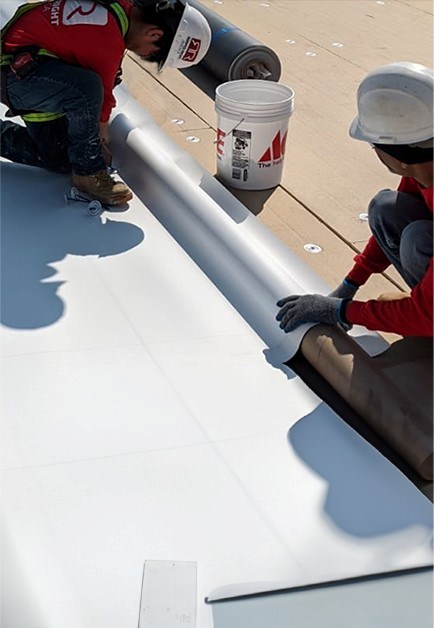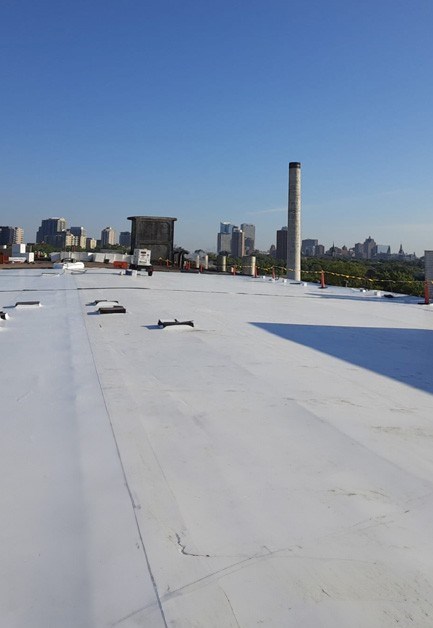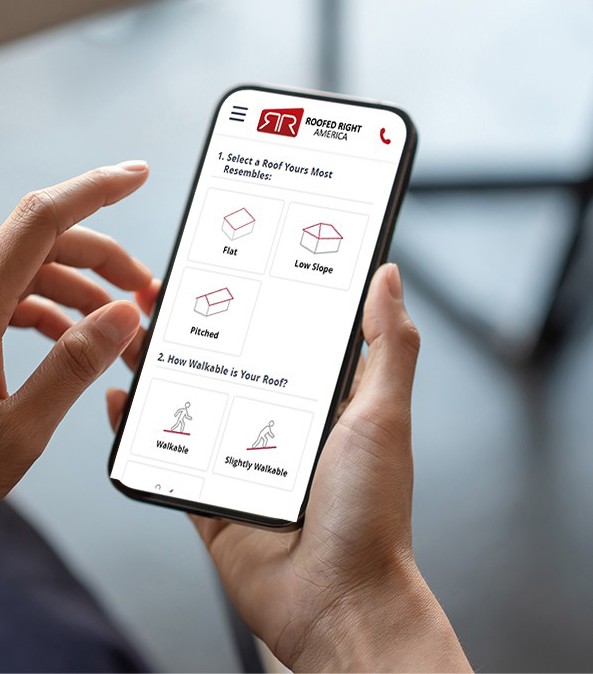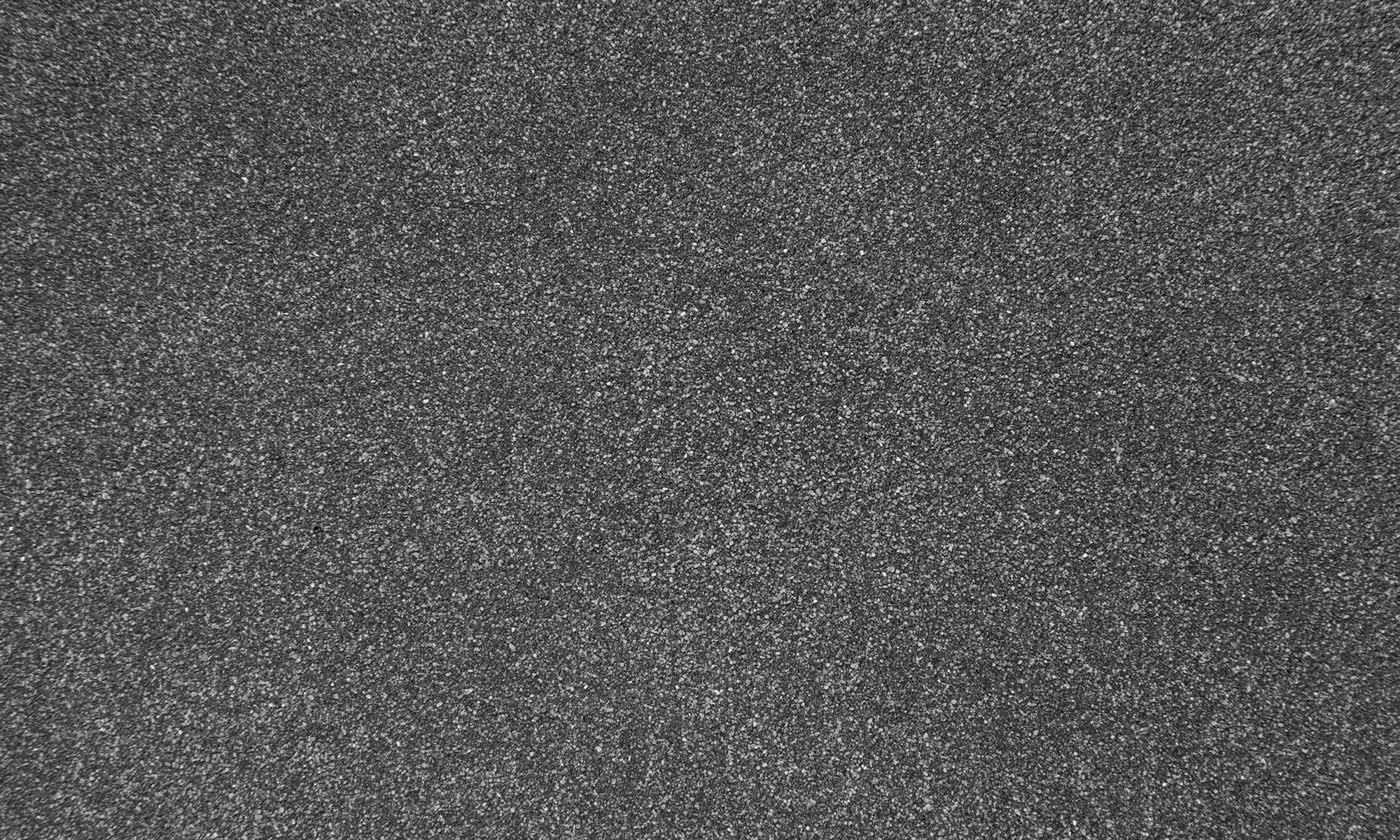Commercial Flat Roofing
Roofed Right America has been a leading commercial flat roofing company since 2006. Our experience flat roofers deliver high-quality flat roof installations, repairs, replacements, maintenance, and waterproofing services. Contact us today for a free flat roofing quote.
